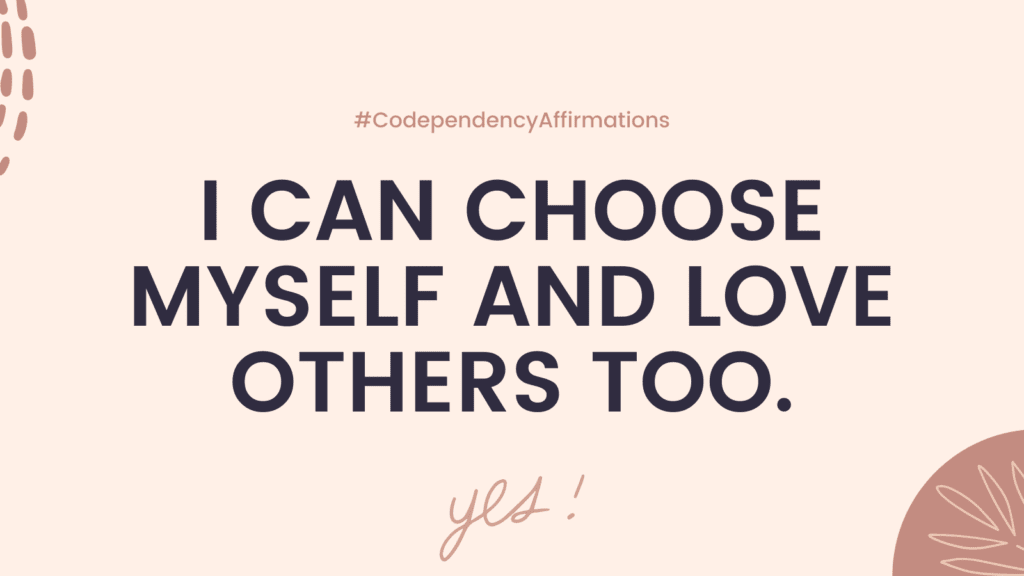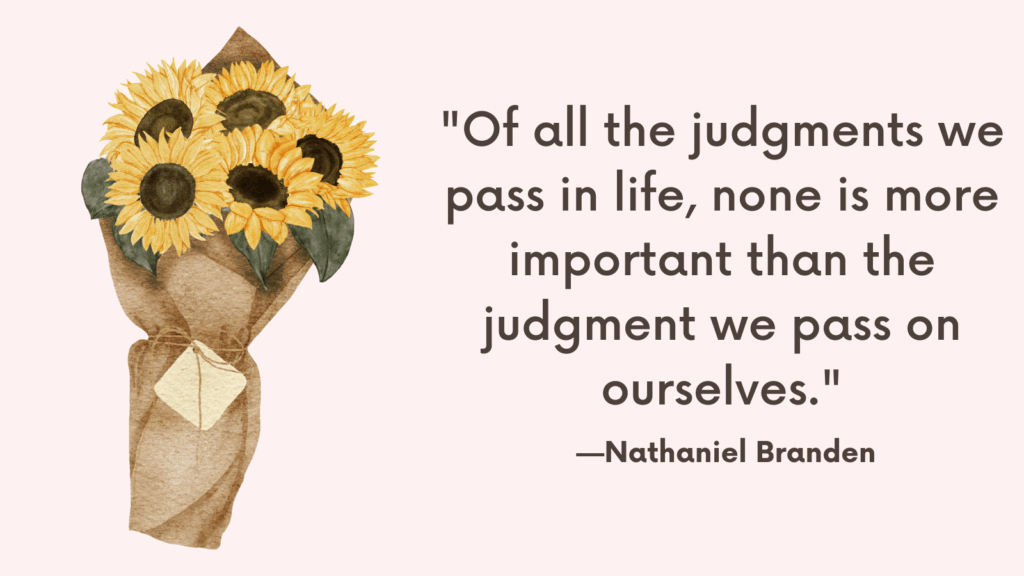In this post, you’ll learn the difference between caretaking and caregiving.
What Is Savior Complex?
A savior complex, or white knight syndrome, refers to the need to “save” people by fixing their problems.
It is also one trait of codependency.
People with savior complex only feel good about themselves if they’re helping someone and expend so much of their energy and time to fix others to the point where they end up burning out.
Caretaking and Codependency
Caretaking is the hallmark of codependency.
Codependency can lead to anxiety, depression, and relationship issues.
Codependents may believe that the cause of their pain is outside of themselves, such as a partner or a troubled child. However, on closer examination, they can begin to see that their behaviors and thinking patterns are dysfunctional and are responsible for their pain.
Childhood shame and trauma can make codependents develop a persona that reacts to their imagined ideal of who they should be in order to feel acceptable to others and to themselves.
Read: What Causes Codependency? Top 6 Reasons You May Be Codependent
You may not be aware of your self-criticism, but it still operates beneath your conscious awareness.
Because of their low self-esteem and lack of boundaries, codependents may tolerate being treated without respect and not feel entitled to compliments or to be truly loved. In fact, they may believe that they need to work so hard and do more than their partner in a relationship to earn love.
Shame and a low sense of self-worth may also cause codependents to deny their feelings and needs, both to themselves and in their relationships.
Because of their confusion around boundaries and responsibilities to themselves and to others, codependents believe that it’s the other person’s job to make them feel happy and loved just as it is their job to make others happy. This usually causes resentment and unfulfillment.
Read: Codependency And Enmeshment: 9 Signs You May Be In An Enmeshed Relationship
Caretaking vs Caregiving – What’s The Difference?
Caretaking
Caretaking is a dysfunctional behavior that is rooted in insecurity and a need to be in control.
It comes with strings attached and leaves you feeling exhausted and frustrated.
The caretaker tends to attract needy, unhealthy people.
Caregiving
Healthy caregiving entails listening to other people’s feelings and needs and allowing them to find their own solutions.
This means respecting the other person’s separateness and boundaries and offering support without feeling the guilt or urge to fix their problems.
The caregiver recognizes that it isn’t their job to save people or change them.
Read: Best 9 Tips On How To Receive More In Life And Relationships?
| Caretaking | Caregiving |
|---|---|
| It leaves you feeling exhausted and frustrated. | It energizes you and inspires you to give more. |
| It crosses boundaries. | It honors boundaries. |
| It comes with strings attached. | It gives freely. |
| It doesn’t consider the caretaker’s needs. | It honors the caregiver’s needs. |
| Caretakers believe they know what’s best for the other person. | Caregivers listen to other people’s needs. |
| Caretakers don’t trust others’ abilities to care for themselves. | Caregivers trust other’s ability to solve their own problems |
| Caretakers tend to attract needy people. | Caregivers tend to attract emotionally healthy people. |
Read: Why Nice Guys Suck? Best 19 Practical Strategies To Stop Being The Nice Guy
How To Stop Caretaking?
If you are struggling with caretaking, it can be helpful to take the following steps:
1. Recognize the signs. Acknowledge when you are over-functioning for others, ignoring your own needs, feeling resentment towards others, or feeling like you always have to fix others’ problems.
2. Acknowledge that caretaking is not healthy for you or the person you are helping. You may be enabling the person’s behavior or preventing them from developing necessary life skills.
3. Identify your role. Understand why you engage in caretaking behavior. Is it a learned behavior from childhood, fear of rejection, or just wanting to be liked or needed?
4. Let go of responsibilities. Stop trying to control or take responsibility for others’ emotions, actions, or outcomes. Accept that everyone has their own journey to take.
5. Set boundaries. Clearly communicate your limits and expectations to the person you are helping. This may include limiting the amount of help you provide or refusing to continue providing help if they do not take responsibility for their own actions.
6. Focus on your own needs. Take time for self-care and prioritize your own mental and physical health. This may mean saying “no” to requests for help when you need to take care of yourself.
Remember, taking care of yourself is just as important as taking care of others.
It may feel difficult to stop caretaking, but by setting boundaries and prioritizing your own needs, you can create a healthier and more sustainable relationship with the person you are helping.
Conclusion
To summarize, caretaking comes with strings attached and is rooted in insecurity and a need to be in control. Caregiving gives freely and is an expression of love.
Get FREE Overcome Codependency Worksheets
References
- The Lived Experience of Codependency: an Interpretative Phenomenological Analysis | SpringerLink
- Codependency: An Empirical Study from a Systemic Perspective | SpringerLink
- Living with Addicted Men and Codependency: The Moderating Effect of Personality Traits – PMC (nih.gov)
- Measuring codependents’ close relationships: a preliminary study – PubMed (nih.gov)
- Co-Dependency | Mental Health America (mhanational.org)
- Codependency: What Are The Signs & How To Overcome It (positivepsychology.com)
- Codependent relationships: Symptoms, warning signs, and behavior (medicalnewstoday.com)
- Codependency of the Members of a Family of an Alcohol Addict – ScienceDirect



